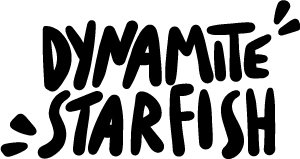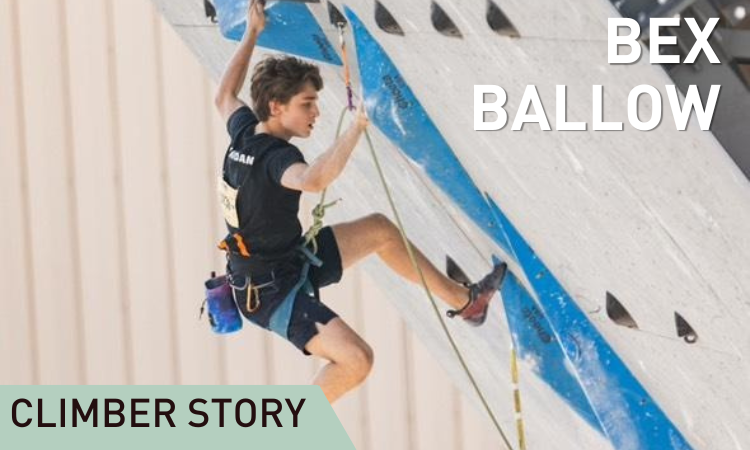Your Cart is Empty
DYNAMITE STARFISH'S ONLINE STORE IS CLOSED AS OF DEC 1, 2026. ask your local gear shop or climbing gym if they stock our products.
DYNAMITE STARFISH'S ONLINE STORE IS CLOSED AS OF DEC 1, 2026. ask your local gear shop or climbing gym if they stock our products.
How To Find A Climbing Partner
June 28, 2023 7 min read
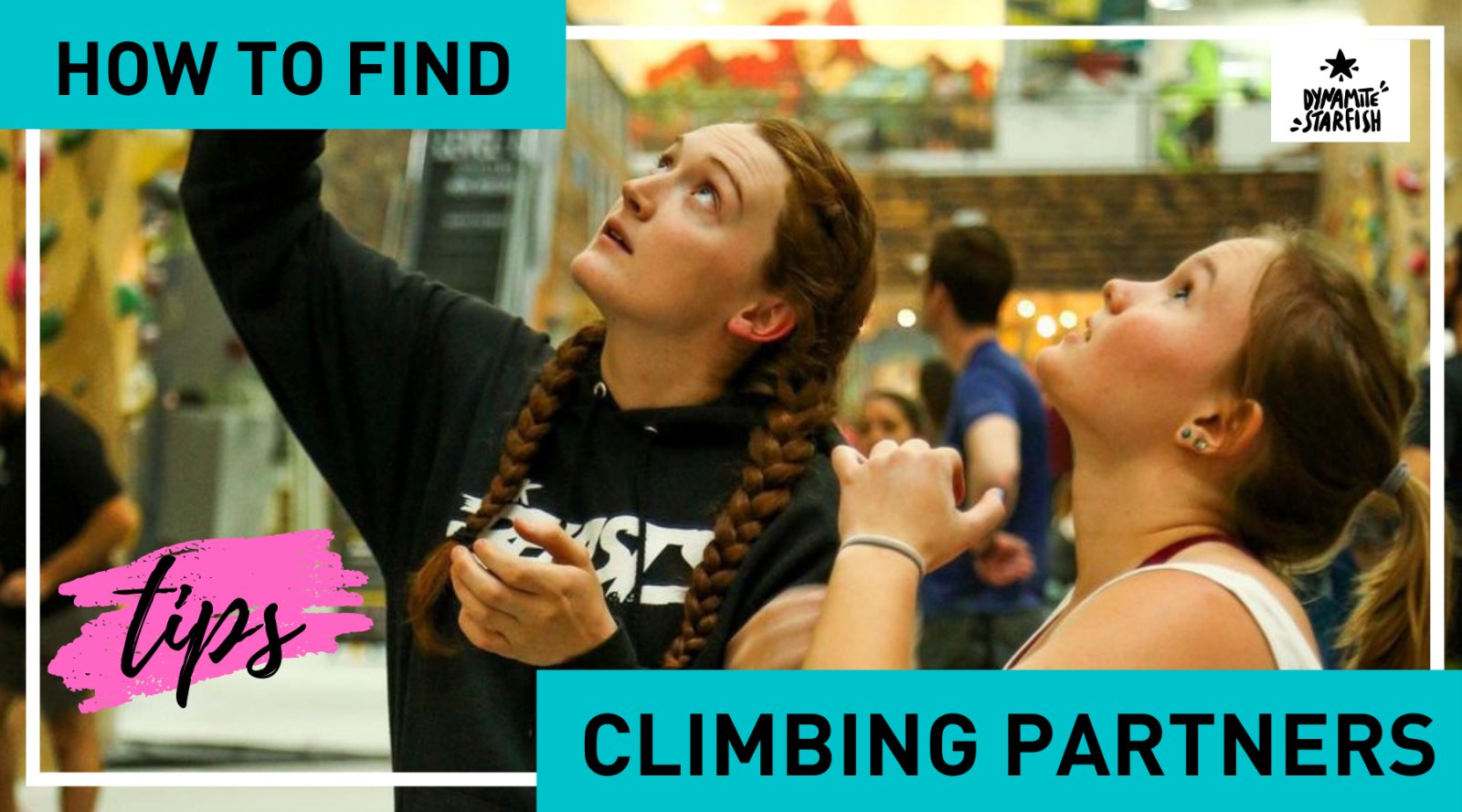
If there's one thing nobody ever mentions during high school or college it's that meeting people in your adult life is hard...like really hard.
Long gone are the days when youthful enthusiasm (and a little liquid courage) create daily opportunities to interact with people our age.
Luckily, rock climbing is an inherently social sport that requires communication, gear sharing, and teamwork to solve a problem. But that doesn't mean every person at the rock gym should be a candidate for the world's best climbing partner.
Today, we'll share a few personal experiences and tips to help you sort through the good, the bad, and the downright dangerous in your search to find the perfect climbing partner.
(Cover photo courtesy of @sarah_kathryn_climbs)
What makes a good (and BAD) climbing partner
Rock climbing whether indoors or outdoors comes with risk, so effective communication and transparency are two qualities of any great climbing partner. 
(Photo courtesy of @clintyclimbing)
Regardless of your experience in the sport, you should always feel comfortable asking your partner questions about safety, systems, or the game plan upon completion of a climb. If you begin noticing that your partner gets impatient and wants to 'start climbing' without discussing any of these aspects before pulling off the ground, then it's a giant red flag.
A good climbing partner will listen to your concerns, value your fears, and never try to convince you into doing something you aren't 100% OK with. A good partner also won't prioritize their romantic pursuits over a positive climbing experience. As hard as it is, it's better to politely say that you'd like to end the session before you find yourself in a sticky situation. Your partner is an adult and they'll live.
On a final note, climbing hard grades does not always translate to being a good partner.
When I first started climbing outdoors, I gravitated toward climbers who were 4 to 5 grades above me. While I did learn technique and gain insightful advice on improving my climbing, I often found myself feeling like a pad sherpa.
A little over a year into climbing, I took a weekend road trip with a climber who was already crushing boulders in the V12+ range. At this point, I couldn't even comprehend how climbs at that level were possible, so I could do little more than spot and provide stoke.
While this climber kindly toured me around and showed me many climbs, his attitude completely changed after an unsuccessful session on his project. Instead of sharing the experience of trying new boulders together, he totally shut off and took a nap in the middle of the crag for an entire afternoon leaving me to climb alone. Yeah, maybe not the coolest thing to do...
It took me a few years to realize that my closest climbing partners are the ones who place importance on building friendships and connections within the community before focusing on sending their wicked hard proj.
(Photo courtesy of @jcaoutdoors and @ericrcorrales)
Just remember that everyone has their own objectives within climbing and personal habits (e.g. smoking, drinking, animals, morning/afternoon person, etc) that come to the crag. The more of these things that you and your partner have in common, the more likely it is that you'll have a successful climbing relationship!
Meeting climbers at the rock gym
Your local rock climbing gym is one of the best avenues for meeting potential climbing partners.
Even if your heart is set on roped climbing, bouldering is an excellent place to start because it's a safe, low-risk way to interact with other folks. Scope out climbers on boulder problems within your grade range, and ask if they mind some company. If you hit it off, you'll be able to find out pretty quick if they like roped climbing too.
Rinse and repeat this process, and within a few weeks you'll likely have a few familiar faces at the gym to partner up with. 
(Photo courtesy of @Bespokecraftdesign)
But sometimes approaching people isn't easy, and we totally get it!
If this sounds like you, try asking staff members if they know of anyone looking for a top-roping or bouldering buddy. Many gyms are happy to help climbers link up or have an announcement board where you can leave a note.
Finding climbing partners outdoors
When I first arrived to Spain in 2015, I didn't know a single climber and spoke (a lot) less Spanish than I thought I could. Showing up solo to the local crag turned out to be my number-one way of meeting climbing partners. Sometimes I left empty-handed, but I also met some incredible people!
Just like the indoor gym, bouldering is the easiest place to start because it doesn't require much commitment and you can bail whenever you feel like it. While it's not 100% necessary, having a crash pad will ensure you get to do some climbing if you can't find anyone around. 
(Photo courtesy of @sophiachalks and @rockentry)
We recommend showing up to the crag early on a weekend and starting your day at some of the popular warm-up climbs. If you vibe well with a group, ask if they mind some extra company at their next boulder.
If this doesn't work, try scoping out some of the area classics in your grade range. As weird as it feels to approach random strangers, it's rare boulderers will say 'no' when you ask if extra company is cool — just be respectful and mindful if it feels too crowded or looks like someone is getting in the send zone.
Sport climbing is a bit trickier because there is more time, gear, and danger involved when belaying someone you've never met.
It can take upwards of 20 minutes to complete a single pitch, so looking for a party of three will up your chances of finding a climber who is antsy to hop on the wall. Select a route that is well within your onsight limit to avoid obligating this person to wait while you endlessly hangdog.
When approaching your potential partner, offer to 'trade' belays rather than asking them to belay you. If they agree, place extra attention on communicating the game plan once at the top of the route, verifying knots, and checking belay techniques.
Along with having your own gear to mount the full pitch, it's a good idea to ask your new climbing partner to use a GriGri. A hard catch beats a rope slip any day!
Above all, remember that positivity and kindness go a long way in developing a long-term partnership.
(Photo courtesy of @flossinjen @ash_end_ @_lifethroughme_ and @cocotrich)
Using the internet
One of the craziest uses of the internet I've ever seen occurred while taking a then 16-year-old crusher home from the crag after sending his 5.14d project. During the two-hour car ride, he messaged and called almost everyone on his Instagram list (aka...100s of people) searching for someone to trade belays with the following day. He eventually found a partner, sent the route, and went on to become one of the top sport climbers in the world.
While this story is pretty extreme, the internet is a powerful tool for finding climbing partners!
Here are a few quick tips for different platforms.
Instagram: Search hashtags for nearby crags or areas (e.g. #joshuatree #californiaclimbers). Filter by 'Most Recent' and drop a DM if you get good vibes. Keep in mind that messages go to the 'Request' inbox until you are following each other, so they might not get seen right away.
YouTube: You can gain a lot about a climber's style and safety techniques from watching videos which you can find by searching for a crag or the specific name of a climb. Since YouTube comments aren't as personal as other platforms, consider reaching out on a different social media channel if they've made that information available.
Facebook & Meetup Groups: We have our own Dynamite Starfish Facebook group where you can post for partners! The group SoCal Climbing on Meetup has over 12,000 members and is another great resource for California climbers.
Many cities, regions, and local crags have groups, so it's worth spending time investigating. If you're unsure where to start, ask the desk staff at your local gym for tips.
Other Websites: Mountain Project and Reddit are two more places you can check for active groups in your area. This thread on the /climbergirls Reddit and the Ladies Climbing Coalition are must-see resources for finding climbing partners as a woman. 
(Photo courtesy of @lkasmer)
As always, use your common sense when meeting a random person from the web. Sharing your first session at an indoor gym or popular crag is a safe way to break the ice before you run off to tackle a multi-day big wall!
Events
Now that COVID is 'officially' over, events, comps, stewardship days, and climbing festivals are more popular than ever...and there are TONS to choose from!
Stay in the loop with your local scene by following area rock gyms on social media. Most gyms host some type of open competition, holiday parties, and even Reel Rock screenings at different points throughout the year.
A few crowd-favorite outdoor festivals include the Women's Climbing Festival, International Climbing Festival,Climb Smart, American Alpine Club Craggin Classic, and the Triple Crown Bouldering Series.
Many festivals run clinics on a variety of topics like outdoor photography, fear management, and climbing safety where you can meet individuals with similar interests. These clinics are totally it worth if you have a few extra bucks to spare!
(Photo courtesy of @ericrcorrales @jcaoutdoors and @playderday)
Finding new climbing partners can be a fulfilling experience, and we hope this roundup of tips will give you some food for thought.
If you have questions or ideas you'd like to share about how to find a climbing partner, leave us a comment below! We’d love to hear from you.
Psst…A fresh crag-fit is a great conversation starter!
Throw on a comfy top that lets the world know what you think climbing is all about. With so many colors and styles, we know you’ll be the climber having the most fun at the crag.
SHOP OUR UNISEX CLIMBING APPAREL:
Leave a comment
Comments will be approved before showing up.
Also in News
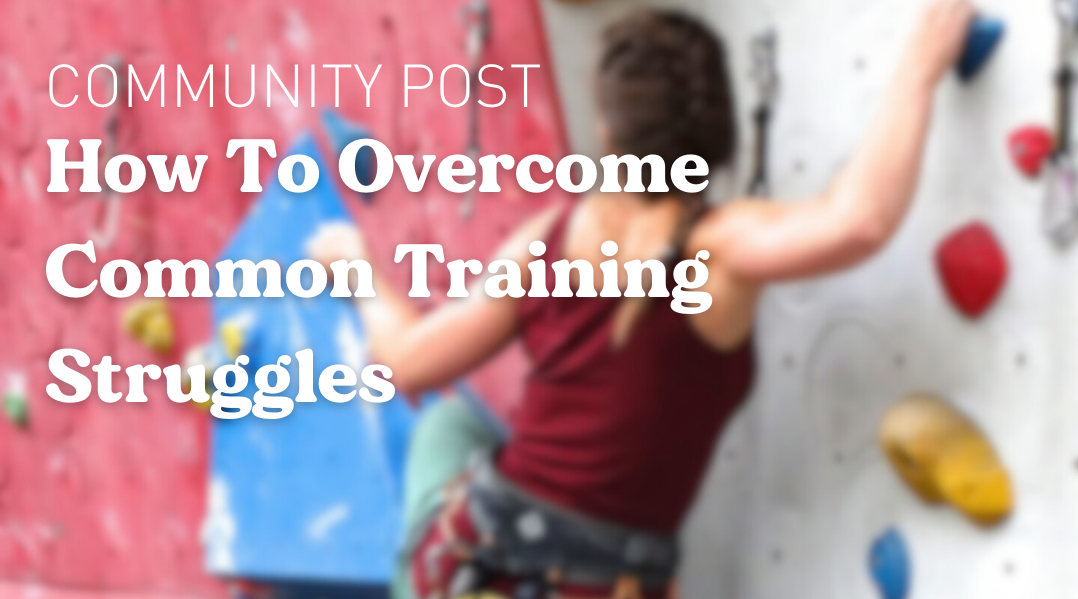
The Climbing Training Struggles You Can’t Ignore (And How to Overcome Them)
March 19, 2025 6 min read
Read More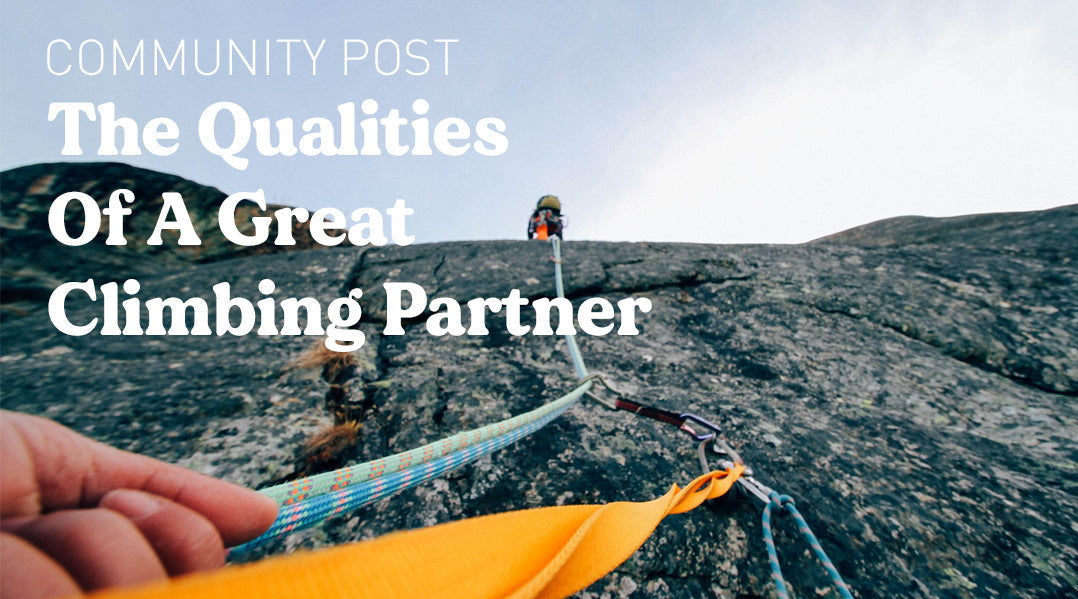
Building Trust and Teamwork: Qualities of a Great Climbing Partner
February 12, 2025 4 min read
Read More Recent Articles
- The Climbing Training Struggles You Can’t Ignore (And How to Overcome Them) March 19, 2025
- Building Trust and Teamwork: Qualities of a Great Climbing Partner February 12, 2025
- Climber Story: Bex Ballow January 29, 2025
- 9 Climbing Resolutions for 2025 December 31, 2024
- Climber Story: Kanani Kalahiki December 11, 2024
- 12 Awesome Gift Ideas for Climbers in 2024 November 20, 2024
- Climber Story: Nick Ranelli November 06, 2024
- If climbing was a scary movie, this would be the title... October 30, 2024
- Climber Story: Britney Berkstresser October 02, 2024
- The best (and worst) names for climbing routes we've ever seen September 25, 2024
Subscribe
Sign up to get the latest on sales, new releases and more …
want 15% off?
Get a welcome gift when you sign up with us!
